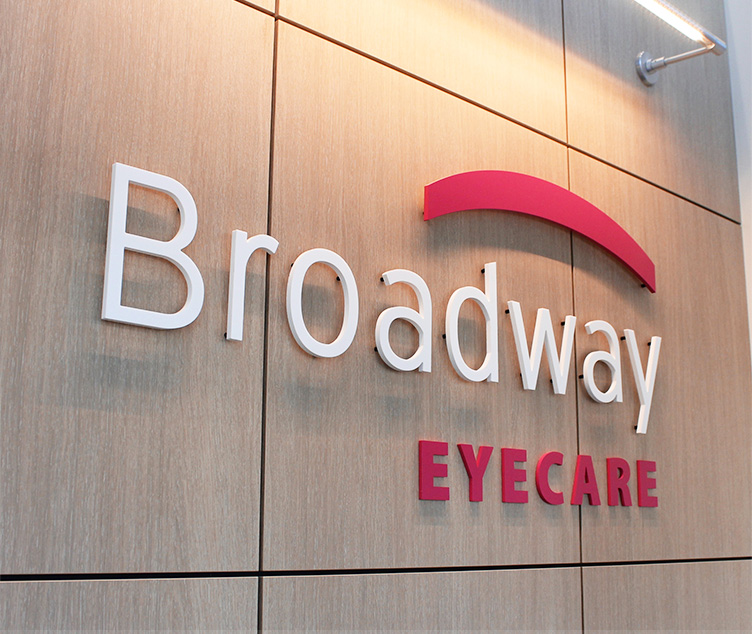Reading with Vision Problems
Glasses are a practical, convenient tool for improving vision. For example, prescription lenses can improve distance vision for driving or watching movies. Likewise, reading glasses can provide clearer near vision for reading and writing. But what happens when you can’t read even with your corrective lenses?
Reading problems have many potential causes, from the wrong prescription to natural eye changes. Fortunately, there are also many potential solutions, prescription updates, and more. Read on to learn more about the most common causes of problems reading even with glasses.
Wrong Prescription
An accurate prescription improves vision, but wearing the wrong lenses can cause symptoms. In adults, a prescription that is too weak or too strong can cause:
- Blurry vision
- Eyestrain
- Fatigue
- Headaches or migraines
Notably, you may wear an accurate prescription for the wrong task. For example, you may need glasses to correct distance vision. Therefore, your prescription lenses are made for that type of visual task. However, you may need a separate prescription for close vision tasks like reading.
You may have multiple pairs, such as a pair for driving and a separate pair for reading. Some people can also benefit from multifocal glasses. Multifocal lenses contain more than one focusing power, commonly with an upper half for distance vision and a lower half for near vision.
Presbyopia & Accommodation Issues
Your prescription glasses may be accurate for correcting one type of error, like myopia (nearsightedness) or hyperopia (farsightedness). But your lenses can’t keep up with vision problems caused by presbyopia. So what makes presbyopia different from other refractive errors?
Most refractive errors result from a mismatch between the focusing power of the cornea and the length of the eye. As a result, the eye incorrectly refracts or focuses light. Although presbyopia also causes light refraction problems, it occurs due to changes to the lens or a crystalline lens.
The eye’s lens is a biconvex ellipsoid–a stretched-out sphere rounded outward on both sides. The lens in adults is about 10 mm across and 4 mm (front to back). However, the lens changes shape and size when it focuses light. The ability to change shape, known as accommodation, is controlled by a muscle called the ciliary body.
Accommodation is necessary for shifting from looking at nearby objects to far objects. For example, when driving, you may observe a faraway road sign. As you approach, your lens adjusts to accommodate the changing distance, allowing you to follow the road sign.
Eye accommodation also allows for quick shifts. For example, you might look up from reading a page and then out a window to see across the street. You can focus easily between 2 distances in a healthy lens because of lens elasticity.
As people age, the proteins that form the lens thicken and become less flexible, limiting the lens’ elasticity. This makes it difficult to focus on nearby objects, causing presbyopia.
Lens changes begin in childhood, but most symptoms become noticeable in a person’s mid-40s. Presbyopia causes progressive changes over several years. The glasses that worked for you a year ago may not be accurate for your current lens elasticity.
Regular eye exams can help you keep track of vision changes so that you can keep your readers up to date. Comprehensive eye exams can also help determine if reading problems are due to natural lens changes or another accommodation problem.

Blue Light & Digital Eye Strain
Blue light is a type of visible light. It’s also right next to ultraviolet (UV) light on the electromagnetic spectrum. Most people are familiar with the harmful effects of UV light, which is why we wear sunscreen and sunglasses. Although blue light is not as powerful as UV light, our eyes can’t block blue light as effectively as UV rays.
The impact of blue light on eye health is still being studied. But there are concerns about long-term exposure, including increasing risks associated with digital eye strain, macular degeneration, and retina issues.
There are so many sources of artificial light in our lives, such as computers, phones, TVs, and light bulbs. As many blue light sources are digital screens, blue light can contribute to digital eye strain or computer vision syndrome (CVS).
Digital screens affect how we blink and make eyes work harder to focus. Digital eye strain can also lead to dry eye, which can cause blurry vision even while wearing glasses.
Digital eyes strain symptoms can include:
- Eye strain
- Dry eyes
- Headaches
- Blurry vision
Update Your Glasses
Updating your glasses can fix many common causes of reading problems while wearing glasses. Older readers may have an outdated prescription or may be worn out. Visit Broadway Eyecare where we can help you diagnose any potential health related issues and ensure that your prescription is the best fit for your current vision needs.









